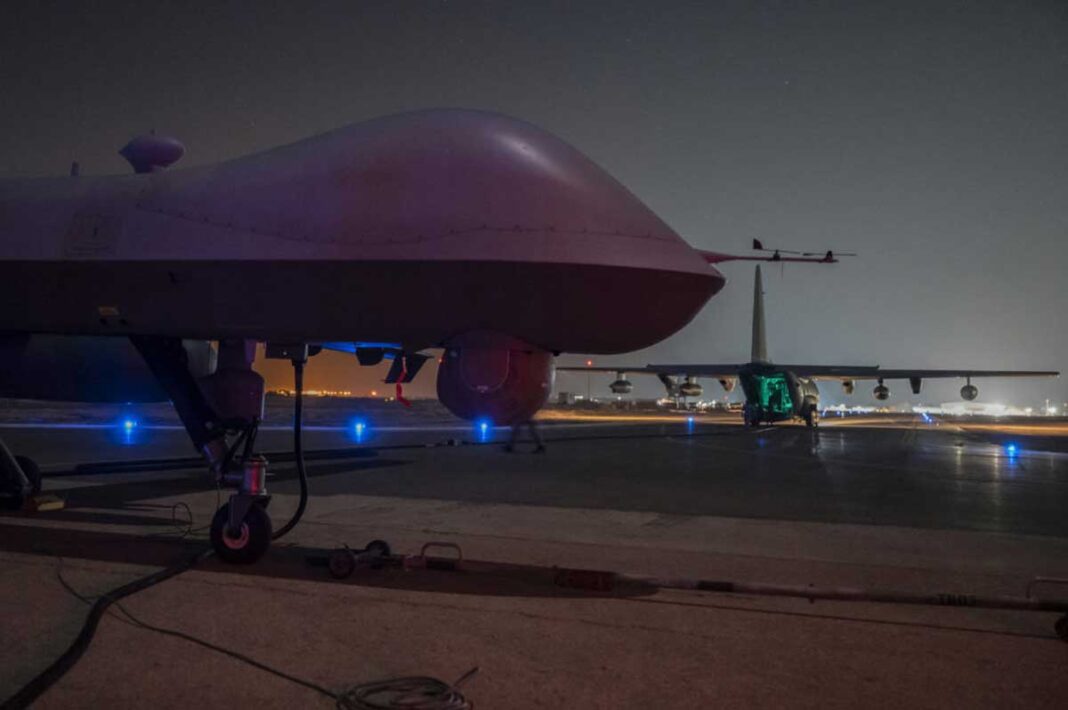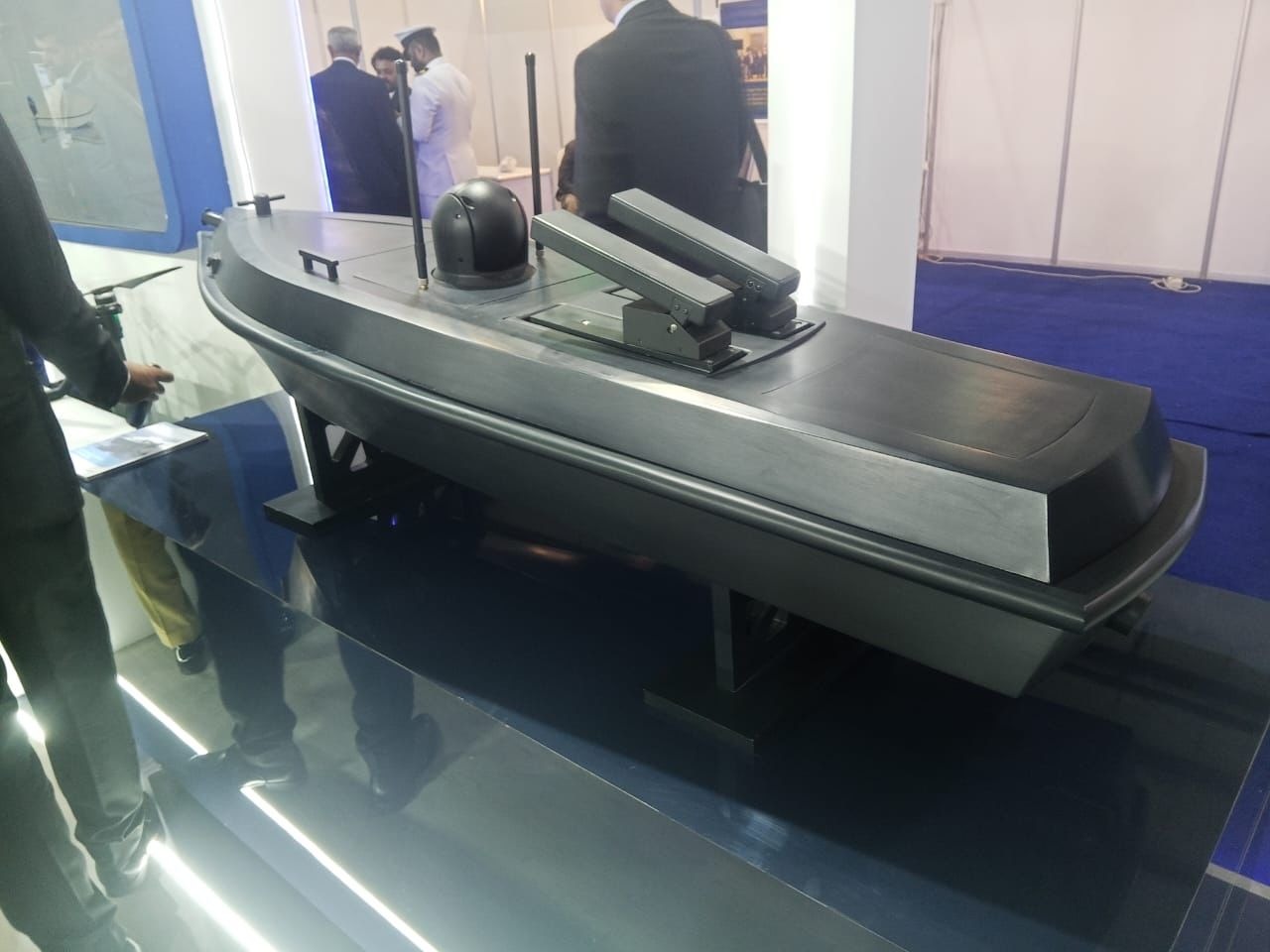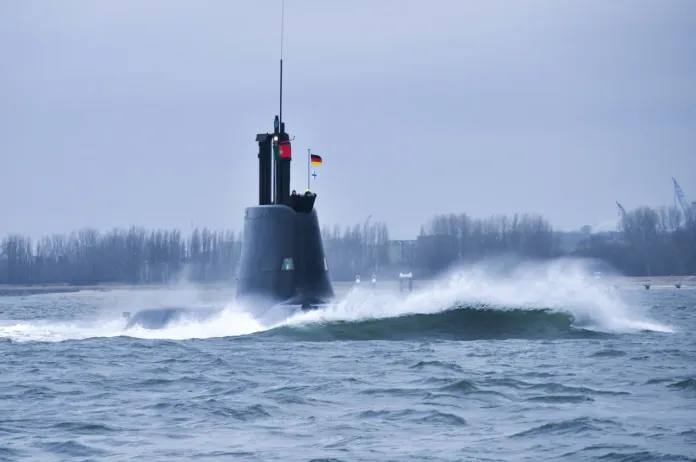Air travel is considered one of the safest modes of transportation. While accidents do occur, data consistently shows that air travel remains the safest method, thanks to decades of advancements in aviation technology and lessons learned from previous air disasters. These incidents were followed by meticulous investigations and comprehensive overhauls of practices and procedures in flight safety.
However, accidents—whether intentional or unintentional—now face a new, multidimensional threat: uncrewed aerial systems and drones. For a radar operator sitting at a ground base, a small dot on the screen might represent either an airliner making its landing approach or a small UAV with a much smaller radar signature. Now, imagine thousands of such small dots lighting up the radar screen like a Christmas tree, confusing air traffic controllers, radar operators, pilots, and, in some very unfortunate circumstances, air defense controllers.
On 25th December 2024 , a tragic incident unfolded when an Azerbaijani airliner became the target of Russian air defenses. In a chaotic situation, the airliner was mistakenly identified as a drone, primarily due to the ongoing aerial assault involving a barrage of unmanned aerial vehicles (UAVs) launched from Ukraine, which were actively striking Russian territory. This confusion raises significant questions about the radar capabilities of defense systems, especially considering the complexity of differentiating between the signals of a civilian aircraft and those of smaller UAVs. Unfortunately, this incident is not isolated; it reflects a troubling pattern in recent years where advanced aerial defense systems have misidentified civilian aircraft as threats, leading to alarming consequences.
On 8 January 2020, a Ukrainian civilian airliner was accidently shot down by Iranian air defenses over Tehran, shortly after the aircraft took off , killing all 176 onboard. Iran claimed it mistakenly took the aircraft as an US cruise missile. In 2014, Malaysian flight MH 17 was shot down by Russian backed air defence units in Eastern Ukraine, killing 283 passengers. More recently, during a volley of attack on Houthi targets in Yemen, the United States Navy shot down its own F-18 fighter aircraft in “ friendly fire”
The pressing question arises: is air travel as safe as it used to be? Can intentional or unintentional incidents disrupt bilateral ties, and how disruptive can drones (both commercial and defense) be to Air Lanes of Communication (ALOCs)? Drones, under the broader vernacular of unmanned vehicles, are increasingly present in civilian airspace—even in contested airspace, particularly during conflicts in specific regions.
For civilian airliners worldwide, designated aerial pathways ensure smooth travel, facilitate emergency responses (such as landings at nearby airports), provide consistent radar access, and maintain cost-effective routes. A change in even a single route can incur millions in additional costs for air carriers, adversely impacting the economic dynamics of airlines and their customers.
China’s Drones: CH-5 “Rainbow” Unmanned Combat Aerial Vehicle
The disruption of aerial routes has consequences far beyond delayed flights or rerouted paths. In a globalized world, the pulse of economic activity relies heavily on open lanes of communication, with aerial routes being paramount. Such disruptions create a domino effect, where a detour costs millions. For instance, following the closure of Russian airspace due to geopolitical tensions, British Airways suspended its London-Beijing route. The alternative routing, which avoided Russian territory, added approximately three hours to the flight time, resulting in a 20% increase in fuel costs. This escalation necessitated an average fare increase of £85 to maintain route viability.
More recently, the ongoing conflict in the Middle East between Iran and Israel, which involved exchanges of missiles and drones, led to the suspension of civilian flights over Middle Eastern airspace. These rerouted flights added hours to their journey times to circumvent conflict zones, directly inflating operational expenses. Now consider the implications of denying feasible air routes, especially with the increasing proliferation of drone technology. This technology has the potential not only to disrupt aerial traffic but also to completely suspend aerial activity in a particular airspace when deployed intentionally.
Drone tech in hands of non-state actors or lone wolfs opens a pandora box of crises. Add the use of swarm drones by states in mainstay attack roles, the situation becomes even more grim for civilian air traffic in any particular airspace. Last week, flights over Manchester airport were diverted when ministry of Defence closed the airfield due to presence on unauthorised drones. This was second instance of drones causing closures in matter of days. The infamous Gatwick incident in 2018 is often cited for drones causing massive air traffic disturbances which affected nearly 1000 flights. That being said, an emergent threat requires an equally proportionate response across all stakeholders who grasp the necessity of keeping aerial routes open and safe.
Permeation of medium to higher altitudes by drone tech brings with it a new of set of dangers ( intended or unintended) that require a redressal on global policy level, SOPs that guide airport operation, imposing responsibility on actor operating the unmanned systems, understanding dual-tech drones in civil and military roles, regulating artificial intelligence datasets that guides such systems and diversion of resources for counter drone systems.
Many regional security equations can become perplexing if we posit the threat posed by easy access of drone tech among state and non-state actors…. particularly in the volatile geopolitical theatre of South Asia. This burgeoning domain of aerial technology, while fostering economic efficiencies and operational conveniences, portends grave repercussions for the safety, security, and economic stability of civilian aviation in the region. South Asia, with its dense urban centres, burgeoning economies, and fragile security paradigms, epitomizes an environment susceptible to the disruptive potential of small drones. Their affordability, accessibility, and operational ease led to a staggering crowding of airspace, often at odds with regulatory frameworks that are nascent at best and ineffectual at worst.
The potential for drones to precipitate mid-air collisions, obstruct flight paths, or provoke operational disruptions is not merely hypothetical. Incidents of near-misses between drones and aircraft have escalated globally, with South Asia witnessing a disproportionate share of unreported or under-reported cases. The cascading economic implications of such disruptions—ranging from flight delays to increased insurance premiums and infrastructural overhauls—are both insidious and profound.
In the security domain, the ramifications of small drones are no less alarming, wherein state and non-state actors alike can deploy these devices to bypass conventional defense mechanisms. South Asia’s geopolitical landscape, replete with porous borders and enduring hostilities, provides fertile ground for the weaponization of drones. Instances of drones being used to smuggle narcotics and contraband across borders are increasingly documented, underscoring a trajectory of escalating threats. The gravest threat emerges from non state actors using cheap UAS for nefarious purposes, A well-coordinated drone attack on an airport ( it should be noted that many airports in South Asia are used as air force bases as well) or an aircraft could yield catastrophic consequences, not merely in terms of human casualties but also through the ensuing paralysis of regional economies heavily reliant on air travel.
South Asia’s aviation regulatory bodies must prioritize the integration of counter-drone technologies, including radar-based detection systems, electromagnetic disruption mechanisms, and geofencing protocols, to mitigate risks. Equally imperative is the harmonization of drone regulations across national borders to eliminate jurisdictional ambiguities that adversaries could exploit. The need of the hour, not just in South Asia but globally, is to understand this looming threat. For conflict zones or contentious geopolitical dyads, this becomes even more necessary to prevent unintended escalations in case of an accidental incident or a spoiler action. South Asian airspace, particularly the Indo-Pak airspace, is already militarized and presents a multi-dimensional threat from non-state militant outfits. Historically, these non-state actors lacked any anti-air capabilities, and post-9/11 guidelines on airport safety significantly reduced sabotage or hijacking attempts. However, drones introduce a new and dangerous dynamic.
Additionally, militaries in South Asia are rapidly mainstreaming various types of drones for combat purposes—a trend influenced by lessons drawn from the ongoing war in Ukraine. This scenario presents a serious window of vulnerability. To address these challenges, countries need to prioritize the integration of counter-drone technologies for airport security, as discussed above.
For geopolitical hotspots like South Asia, drone confidence-building measures (CBMs) could serve as a viable way forward. These measures would enable air traffic controllers to promptly share drone traffic data with airlines and corresponding origin states. Furthermore, under the tutelage of global aviation mechanisms, a cooperative framework could classify medium- and high-altitude drone flights (whether scientific, law enforcement, or military) to avoid misreading that could lead to escalation.
As this disruptive force continues to permeate civilian airspace, the region’s stakeholders must transcend parochial policymaking and adopt a holistic, pre-emptive, and technologically fortified approach. Failure to do so risks relegating South Asia’s air traffic systems to a state of perpetual vulnerability, with profound economic and security consequences.

Hammad Waleed
Hammad Waleed is a Research Associate at Strategic Vision Institute, Islamabad. He graduated with distinction from National Defence University, Pakistan. He writes on issues pertaining National Security, Conflict Analysis, Strategic forecast, and Public Policy. He can be reached at hammadwaleed82@gmail.com.
- Hammad Waleed#molongui-disabled-link
- Hammad Waleed#molongui-disabled-link
- Hammad Waleed#molongui-disabled-link
- Hammad Waleed#molongui-disabled-link












